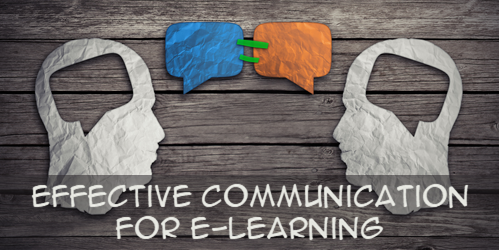
We often build a single course to suit all learners. This presents possible challenges to the learning process. Let’s take a look at why and discuss a few options to help remedy some it them.
Effective Communication Involves Common Understanding
We use words all the time that have loaded meaning and often don’t mean the same things to people. For example, even a word like e-learning can be a bit confusing. First, we don’t even have agreement on how to spell it. Is it eLearning, elearning, or e-learning?
In my world, e-learning involves the authoring of online courses with a rapid e-learning product like Articulate 360. For others, it’s any learning content in digital format. Thus, a PDF is e-learning just as much as a course authored in Storyline.
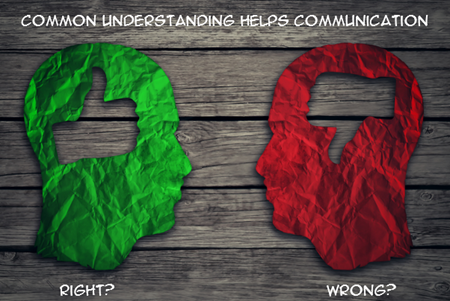
There’s even more confusion as we look at different industries. The corporate version of e-learning is a lot different than what you’d find in higher education or at the K-12 level.
It’s important to recognize this and ensure you have appropriate context when using words and phrases that may have different meaning. The best thing is to build context and clarity in the communication process.
Experience and Skill Level Impact Effective Communication
People don’t come to the e-learning course at the same level. We have different personal experiences impacted by things like our worldview, culture, and ethnicity. We also have different professional experiences (and some may even conflict with the course content). On top of that, we have different skill levels. For one the course may be too easy, and for the other, too difficult.

You can’t control those things about the learner. However, there are things you can do in your course design that may help resolve some issues. For example, a pre-assessment helps determine how much someone already knows and what they need to learn. From there you can opt out the experienced person, or create an adaptive process to accommodate different needs.
Personal Motivation Impacts Effective Communication
A lot of e-learning is pointless to the learner and most of those types of courses also tend to be boring and mind-numbing information dumps. On top of that, people are at various levels of motivation when it comes to engaging with the e-learning content.
There are many things that motivate people. And a lot of it is outside the realms of the course and not something you as a course creator can control. However, there are a lot of things that you can do to help motivate the learner.
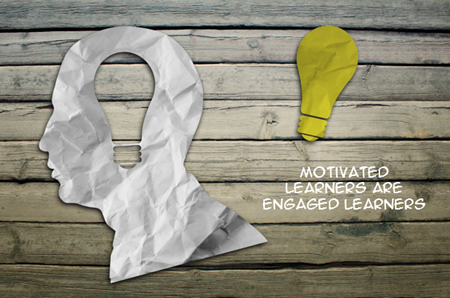
If the course is relevant and meaningful, then it is received better than one disconnected from the person’s real world. No one complains, when they actually learn something.
Many courses are overly focused on content and not on application. Focus on what the person needs to do, and then build the course backwards from there.
Interactive engagement is also important. I try to do two things: get the person doing stuff on screen to pull them into the course. And most importantly, get them interacting with the content. This is usually built around decision-making activities similar to what they’d do in the real world.
People are complex and they come to the e-learning content with different experiences, skill levels, and attitudes. Effective communication in the e-learning process is built on understanding this and applying the right strategies.
What do you find to be some of the challenges during course development and communicating the content to those who take the e-learning courses?
Events
Free E-Learning Resources










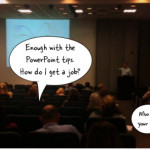

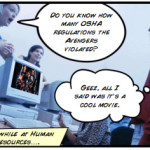


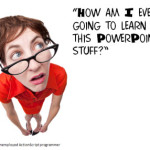



0
comments